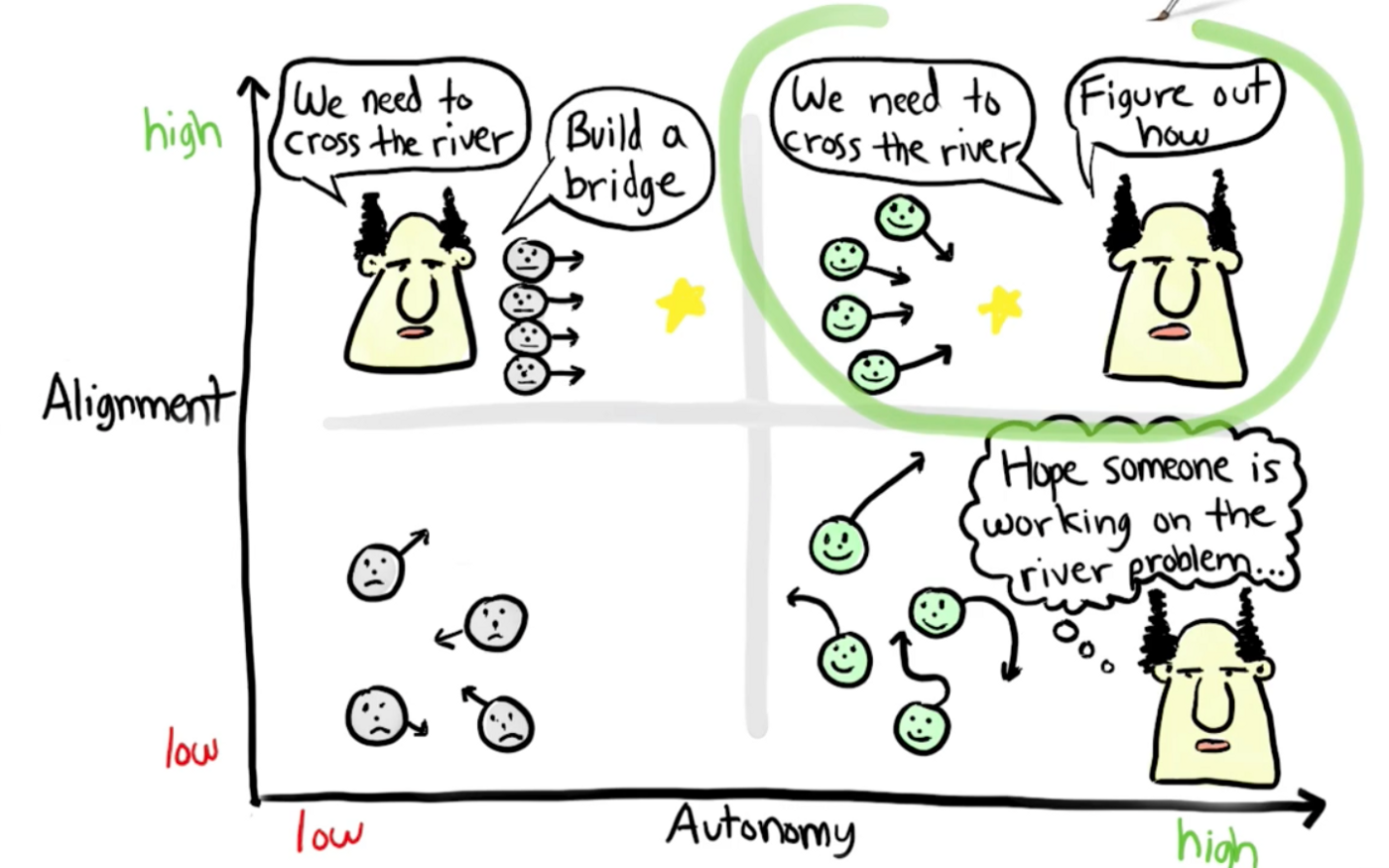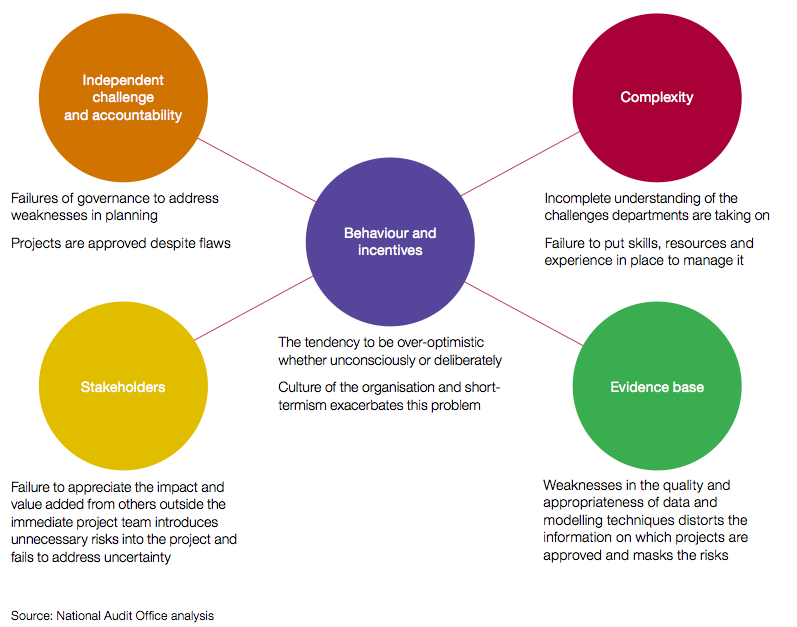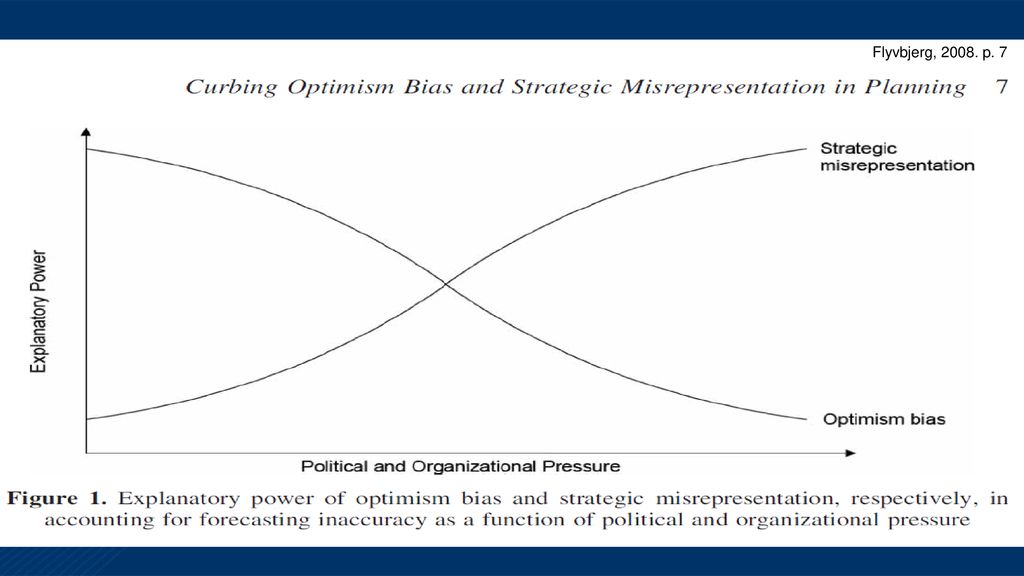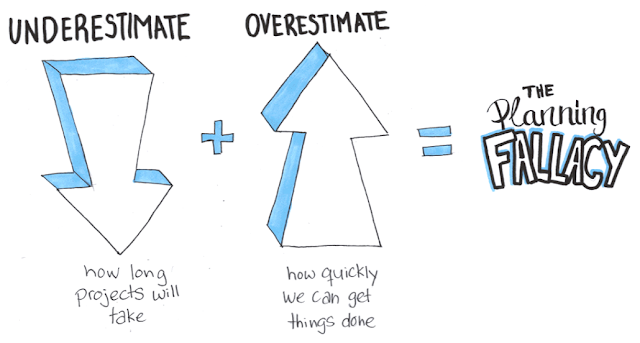Why organizations should worry about Optimism Bias and structure its KPIs carefully ?

Products are built the same way life has evolved and will keep on evolving in the future. The Red Queen Effect defines it well that how organisms must constantly adapt, evolve and proliferate in order to survive when pitted against ever evolving rival organisms in a constantly changing environment.
Most of the technology companies across the world have very similar organisational structures. They follow the same standard rules of small teams like Amazon’s 2 pizza rule, Spotify’s Squad concept or any other name given by companies to this structure of having small but supposedly autonomous teams. Generally, These teams are a set of engineers, product manager, designer, testers etc. These small teams own individual parts of the product or the product itself and then, come together to execute the vision of the company defined “collectively” by the leadership of the organization.
 |
|---|
| Image Courtesy : https://medium.com/productmanagement101/spotify-squad-framework-part-i-8f74bcfcd761 |
Any product that has the right mix of vision, alignment and autonomy at every level has a significant chance to be successful. As a cultural practice, the senior management always declares that the teams are autonomous and provides them with vision and alignment. Alignment with the vision of the company can fuel the autonomy to go in the right direction.
I assume that your organizational structure is similar to the one defined above following best practices of agile methodology, short release cycles, constantly measuring performance of product and people, social harmony in the teams and yet, you know that the project or the product feature never gets released on time or much worse, product releases do not match the expectations of the customers, making company lose both money and reputation.
Once the crisis starts building up (which is a regular thing in most companies known as “always on” firefighting mode), the senior management tries to take control of the situation. But then, you’ll notice that this is a repeated behaviour in most of the organisations resulting in frustrations, demotivated employees, a big difference in performance of people and with 20% of people driving the rest of the 80% people in the organization to achieve the targets until all hell break loose.
And this crisis generally happens due to two behavioural issues : Optimism Bias and Strategic Misrepresentation
Optimism Bias
Optimism bias is defined as a cognitive bias causing someone to believe that they themselves are less likely to experience a negative event. It is also known as unrealistic optimism or comparative optimism.
It’s a standard statement for managers that whatever the software developer estimates, multiply it by 3 and then, the sales guys multiply that figure by 3 again to arrive at a timeline that can be given to customers. But still, many times, projects fail to deliver on time with expected quality and feature set.
There are multiple factors that contribute to over optimism. Most of the time, senior management is driven by sales figures. To close an account, promises have to be made. And it is a well known fact that salespersons are expected to be short-sighted and to live their life quarter by quarter, For a salesperson, only the current quarter matters because their incentives are dependent on quarterly results. This percolates to the top management including the CEO whose incentives are tied to revenue performance and market growth of the company. Only a handful of CEOs have the vision and ability to let go of short term small gains for long term enormous benefits. Like an individual, most of the CEOs believe that the money in hand is much better than the promise of money in future.
As per NAO ( National Audit Office) UK report “Over Optimism in government projects”, there are five factors that contribute to over-optimism. To understand the details, Please read the NAO report here.

When these factors of over optimism come into play, culture of the organization plays an extensive role in identifying the optimism bias and enabling the teams for the right decision making by allowing to use the autonomy given to them. But then, if the alignment shakes a bit on Y Axis (as given above in alignment vs. autonomy diagram), results change and the output of the product suffers.
Strategic Misrepresentation
In the case of strategic misrepresentation, planners and promoters deliberately misrepresent costs, benefits, and risks in order to increase the likelihood that it is their projects, and not the competition’s, that gain approval and funding.
While the definition of strategic misrepresentation says that management teams of an organization does it deliberately and is always intentional, inherently it can also happen because of optimism bias. Every organisation wants to win every contract and acquire every new customer to increase average revenue per customer and their market share. In a bid to achieve its goals and to build the company image alongside, facts start to get misrepresented (intentionally or due to optimism bias) during discussions with potential and existing customers.
Generally, Misrepresentation means lying or fraud. But it can be also be loosely defined as over-stating your organization’s or your product’s capabilities. It also can be about promising certain product features set that don’t exist as of today but the organization is leveraging the time taken by customers in decision making. Typically, a misrepresentation goes unnoticed if the customer gets the desired product. But in most of the cases, that doesn’t happen and it leads to friction between the organization and the customer creating undue pressure on the squads or teams to deliver higher quality product much earlier than expected disrupting the planning and product roadmap and in turn, setting the butterfly effect in motion. Refer to this article for understanding butterfly effect in context of product management. Why Good Products Fail Despite Having Best Engineering Teams And Process Management Systems ?
You are what you measure : Dan Ariely
Human beings adjust behavior based on the metrics they’re held against. Anything you measure will impel a person to optimize his score on that metric. What you measure is what you’ll get. Period.
Dan Ariely, a renowned author and professor of Psychology at Duke University wrote this in his article ( You are what you measure ) published in HBS in June 2010.
Essentially, its the Key Performance Indicators (KPIs) that govern the behaviour of an individual ( whether in life or in an organization). If the CEO is incentivised like salespersons to achieve higher targets on revenue, he or she will build plans in such a way that other factors of a product like technical superiority, quality, experience will take a back seat. It will happen because earning revenue early in the year will help achieve his or her targets faster. As Dan Ariely mentioned in the article, If the CEO is allocated high number of stocks as renumeration and also has a stock price target given by the board, his or her decision making process will somehow give undue advantage to stock price such as to increase stock price at any cost. This decision of driving stock price up will change the alignment and vision of the organization which may not match with product capabilities resulting in directional shift of the product.

As depicted in the above given diagram, when organizational pressures are too high, not only the management, even development teams tend to be less autonomous and less truthful in turn, end up misrepresenting and under estimating project complexity resulting in shorter timelines and half baked product features. On the contrary, if the organizational pressures are too low, the teams across all levels suffer from optimism bias, over-estimating their capabilities in project execution.
In their book “Thinking Fast and Slow”, Nobel Laureate Daniel Kahnemann & Amos Tversky identified this phenomenon for the first time and termed it as “The Planning Fallacy”. And defined this behaviour of people as “Inside View”.

The Planning Fallacy, using the concept of optimism bias, proved the errors of judgment are not random but are systemic and predictable. Most of the CEOs ( and in general human beings) fall prey to the planning fallacy because of the way their incentives are structured. So, when organisations are looking for successive victories every week, every month, every quarter looking for short term wins, the planning fallacy manifests in the behaviours of the senior management of the organization and then, sets up the organization culture for the same in some way or the other.
Kahnemann and Tversky suggested “Outside View" as a solution to avoid both optimism bias and “unintentional" strategic misrepresentation.“Outside View” is also known as “Reference class Forecasting”. Outside View mechanism suggests to consider the planning factors and stages of similar products or projects considering similar resources. It also suggests to consider empirical data in the same reference class of project under consideration. Building a reference class of similar products or projects and studying their details ( identifying success and failure data points) and then, creating a baseline can help in reducing the optimism bias and also, help the management teams in reducing the misrepresentation of facts about the product. This definitely helps in identification of mis-selling practices by sales teams who tend to over promise to close deals faster and to achieve their quarterly targets.
Having said that, “Outside View” suggests not to over simplify the problem at hand but to take a macro view of the impact the project will have from the perspective of customers and market on the organization as a whole.
In the end, as done in every sprint cycle following Agile methodology, conducting a retrospective or a post-mortem for every project helps in identifying the biases that were at play during the execution of the project. This helps in identifying the “invisible gorilla” or “elephant in the room” from the perspective of organizational culture, its project execution philosophy and its processes built to make the company successful.
References :
- https://www.nao.org.uk/wp-content/uploads/2013/12/10320-001-Over-optimism-in-government-projects.pdf
- https://en.wikipedia.org/wiki/Optimism_bias
- http://citeseerx.ist.psu.edu/viewdoc/download?doi=10.1.1.307.5094&rep=rep1&type=pdf
- https://hbr.org/2010/06/column-you-are-what-you-measure
- https://en.wikipedia.org/wiki/Red_Queen_hypothesis
- https://medium.com/productmanagement101/spotify-squad-framework-part-i-8f74bcfcd761
- https://en.wikipedia.org/wiki/Dan_Ariely
- https://hbr.org/2012/08/the-planning-fallacy-and-the-i
- https://www.amazon.com/Thinking-Fast-Slow-Daniel-Kahneman/dp/0374533555
- https://www.researchgate.net/publication/237077814_THESIS_FOR_THE_DEGREE_OF_LICENTIATE_OF_ENGINEERING_Organising_the_Early_Design_Phase_in_a_Large_Infrastructure_Project
